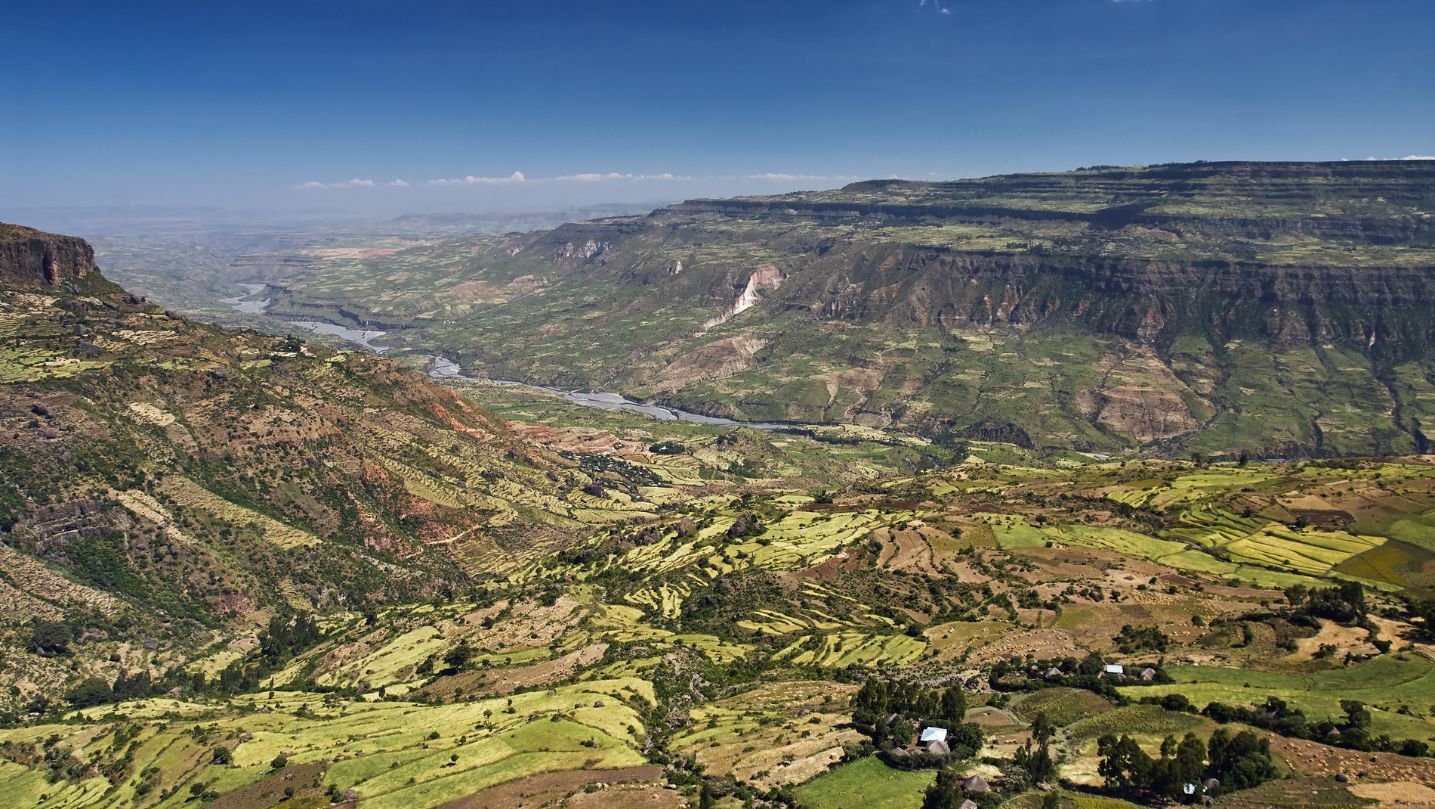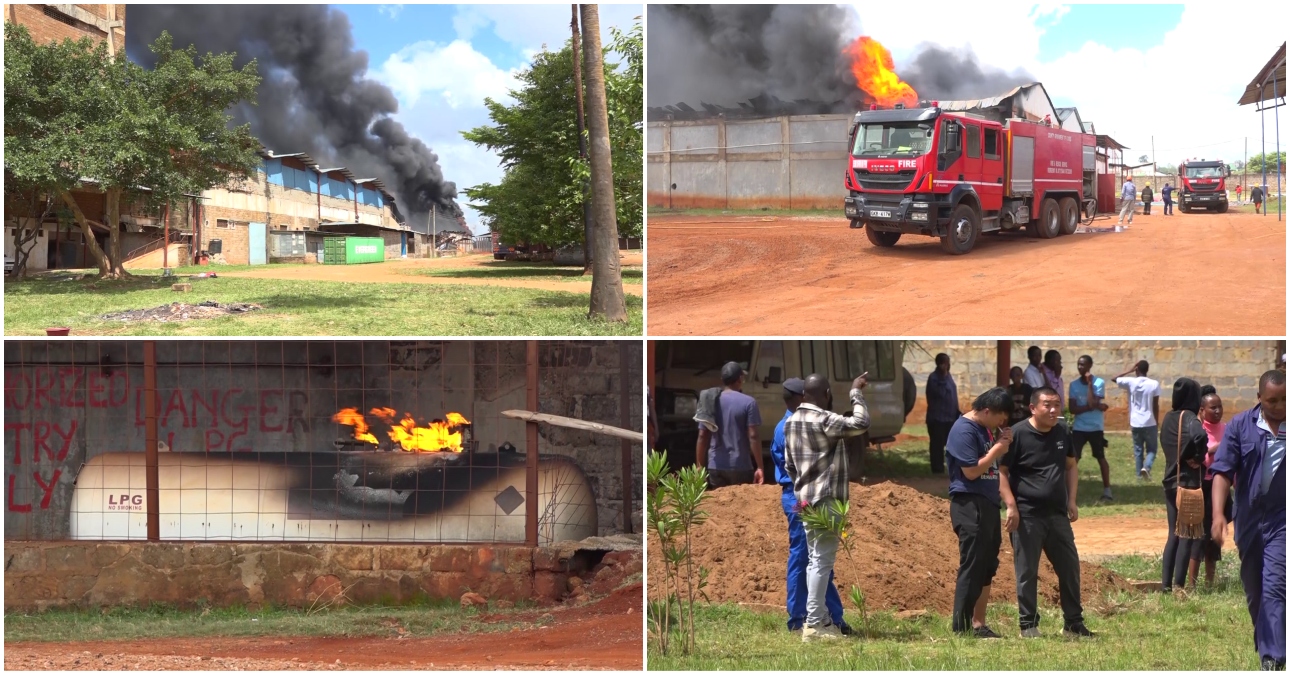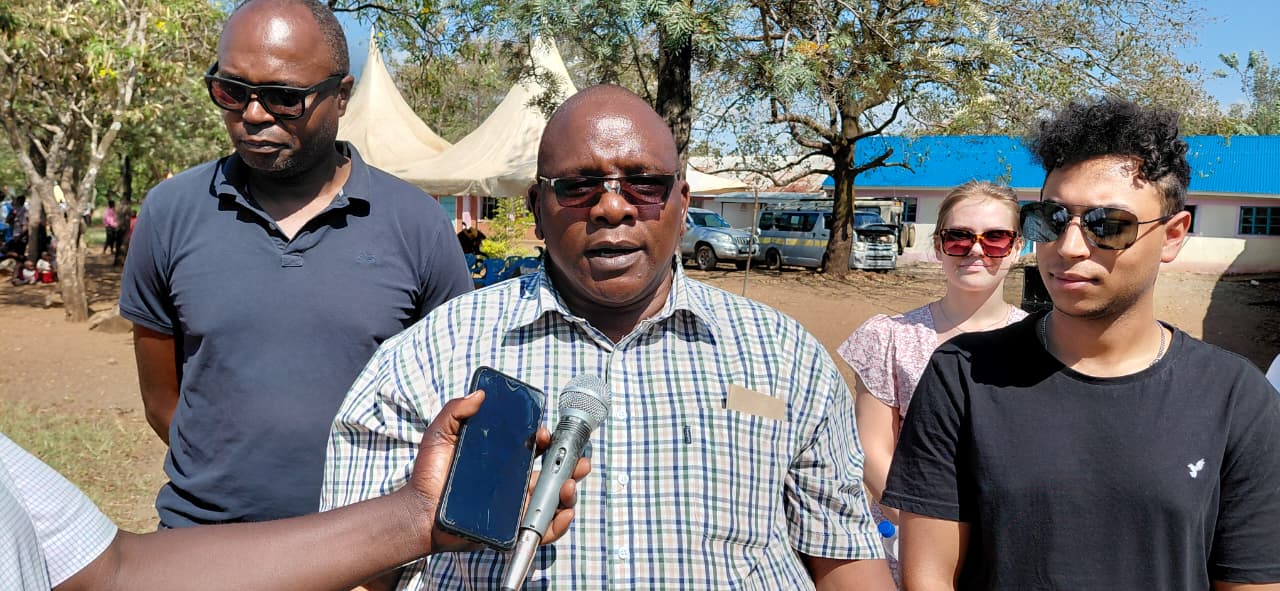In the depths of the Great Rift Valley, where geothermal energy emanates and volcanic rock lies beneath, an audacious experiment is being conducted in Kenya.
Amidst global climate inertia and reliance on fossil fuels, a Nairobi-based start-up named Octavia Carbon is discreetly transforming the narrative one molecule of CO₂ at a time.
This indigenous company is constructing Africa’s inaugural Direct Air Carbon Capture (DAC) facility, utilizing local geothermal energy to extract carbon dioxide from the atmosphere.
If successful, it might position Kenya alongside Iceland as one of only two nations globally engaged in the subterranean storage of captured CO₂. However, the stakes are substantial, and global attention is focused on the situation.
Kenya has seen unprecedented droughts, depleting water resources, and inconsistent agricultural seasons. Although the nation has contributed minimally to the climate problem, it is suffering significant repercussions.
Octavia Carbon was born not in a laboratory, but in a nation where the repercussions of climate change are no longer hypothetical.
Why not position Kenya as a leader in climate technology instead of a victim of its repercussions? With that objective, they developed the African continent’s inaugural carbon capture prototype, named “Project Hummingbird,” which can harvest 10 tons of carbon each year, equivalent to the output of 1,000 trees.
The revolutionary nature of their effort lies not just in the science but also in the context. Direct Air Capture (DAC) technology has always been regarded as the domain of affluent governments possessing multi-billion-dollar climate budgets.
Kenya, a nation contending with debt, inflation, and deficiencies in essential services, may appear to be an improbable innovator. However, the geothermal resources of the Rift Valley alter the dynamics.
Iceland utilizes volcanic basalt and renewable energy to sequester absorbed CO₂ in solid form underground, whereas Kenya has comparable geothermal hotspots. Octavia Carbon is leveraging this opportunity by utilizing exclusively Kenyan resources, engineers, and innovation to establish a circular carbon economy from the ground up.
The procedure is insidiously straightforward. Air is drawn into the unit by means of a fan. It then traverses a filter including a sorbent substance that adsorbs CO₂ molecules.
Upon saturation, the material is subjected to geothermal steam heating to liberate the carbon, which is subsequently compacted and readied for long-term subterranean storage. In principle, the sequestered CO₂ can remain confined for millennia.
This method is still nascent on a worldwide scale. Critics highlight its exorbitant expense, energy consumption, and restricted scalability. Octavia is wagering that by utilizing local skills and affordable geothermal energy, they can reduce expenses and demonstrate that Africa can front climate innovation rather than merely follow.
The company has secured contracts for carbon credits over $3 million, attracting interest from international purchasers seeking to mitigate their emissions through African-based solutions. In a society increasingly wary of “greenwashing,” Octavia’s proposal is refreshingly authentic.
The captured carbon is not speculative; it is quantifiable, verifiable, and securely deposited beneath Kenyan soil. With ambitions to increase their capacity to 1,000 tons annually, Octavia has gone beyond its experimental phase is now a definitive indication. The signal is resonating in international climate discussions, where Kenya is recognized not for its susceptibility, but for its aspirations.
The regulatory mechanisms in Kenya are not yet fully established to oversee underground carbon storage. Critics express concerns over potential environmental repercussions, land rights disputes, and the risk of a technology bubble driven by global enthusiasm rather than empirical evidence.
Some individuals debate whether Kenya ought to prioritize advanced technologies while some people continue to lack access to clean water and fundamental infrastructure.
However, Octavia maintains that the two are not mutually exclusive. They contend that by investing in future-proof technology, Kenya can create cash, enhance technical competence, and demonstrate to the world that African states are capable of developing their own answers without external assistance.
President Ruto’s administration, keen to present itself as environmentally progressive, has provided verbal endorsement, however tangible assistance has been insufficient.
Given that the global climate finance landscape remains disproportionately advantageous to the Global North, Octavia’s success will likely hinge on its capacity to consistently draw external investment while demonstrating local value.
Their forthcoming plant, designated “Project Rooster,” will represent a substantial expansion and may become operational by early 2026.
Amidst a landscape dominated by alarming climate news glacial melts, escalating sea levels, unsuccessful international summits the narrative of Octavia Carbon presents a unique blend of urgency and optimism. It is a narrative concerning potential in a frequently disregarded location. Kenya is not merely tolerating the climate issue; it is actively fighting it with self-developed instruments. If they prevail, it would not only signify a triumph for science but also a pivotal moment for climate justice, propelled by a nation frequently subjected to unfulfilled commitments.












